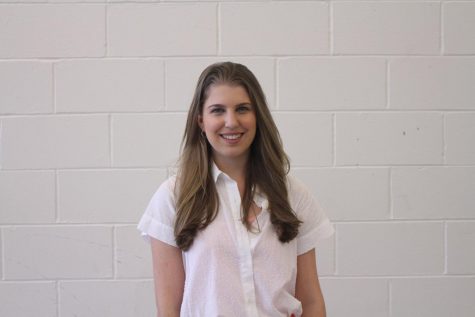Inspiration and imitation blur as platforms for exposure increase
January 25, 2019
Artists struggle to find different combinations of notes, original storylines and unique artforms in a world with so much exposure and content. This vast amount of content makes it difficult for aspiring artists to voice and create their own, original work.
Junior Tess Rempel of Manasquan enjoys writing creative and journalistic pieces, and believes a line must be distinguished so that artists do not basically replicate existing works.
“If you feel obligated to say your work was inspired by someone else’s, maybe you should consider not publishing it at all,” Rempel said.
Junior Emily Madeira of Howell uses professional works to help inspire new paintings and drawings of her own.
“Instead of directly imitating, I look through parts of artists’ works like their color schemes and take bits of their artistic voices to create my own,” Madeira said.
People often imitate work by superior artists to develop new skills. This imitation is fair in the learning process, but amateur artists cannot publish this type of content. Publishers will regard this similar copied work as plagiarism.
Rather than attempting to replicate art, some people consider specific aspects of pieces that inspire them instead. Through analyzing individual segments of works, artists can ensure they are drawing inspiration from a particular detail rather than purely plagiarizing.
Inspiration allows art in various fields to build upon one another, but artists’ creations aim to differentiate their work from that of other artists.
“If you’re putting your work out in the world, it should be your own: original and unique. I think that mission separates the community of artists from every other,” Rempel said.




